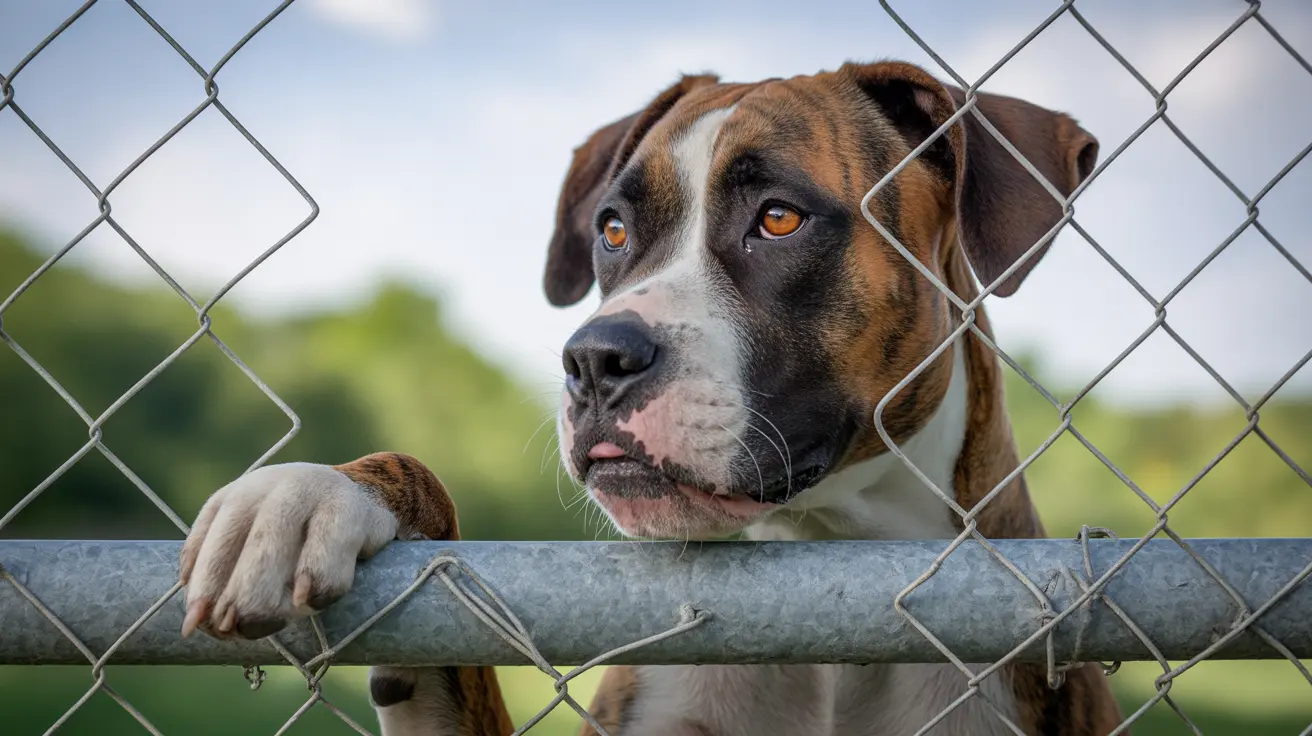When Should a Dog Wear a Knee Brace?
Dog knee braces are increasingly used as an alternative or supplement to surgery for managing injuries and joint instability, particularly those involving the cranial cruciate ligament (CCL)—the canine equivalent of the human ACL.
Understanding the Canine CCL Injury
CCL injuries are among the most common orthopedic issues in dogs. The severity of the injury and the individual dog's situation often dictate treatment approaches. While surgery remains the gold standard, knee braces offer a non-invasive alternative in appropriate cases.
Scenarios When a Dog Should Wear a Knee Brace
- Non-Surgical Candidates: Dogs who cannot undergo surgery due to age, anesthesia risks, heart problems, or financial constraints can benefit from braces as a conservative management option.
- Pre-Surgical Support: Dogs waiting for surgery may wear a brace to improve mobility, reduce pain, and maintain muscle mass.
- Post-Surgical Recovery: A brace can provide additional support during rehabilitation after procedures like TPLO or TTA.
- Partial CCL Tears: In cases where the ligament is only partially torn, a brace may stabilize the knee enough to facilitate healing through scar tissue development.
- Smaller Breeds: Small dogs with mild injuries often respond well to brace-based management.
- Preventative Support: When one knee is injured, a brace on the healthy leg can prevent overuse injuries.
- Arthritis or Instability Management: Knee braces can reduce discomfort and provide support in cases of degenerative joint disease or chronic joint instability.
Benefits of Using a Dog Knee Brace
- Non-Invasive: No need for anesthesia or surgical wound care.
- Cost-Effective: Lower upfront cost compared to surgery.
- Customizable: Braces can be tailored to the dog’s size and anatomy for optimal comfort and function.
- Preserve Muscle Mass: Supported movement prevents atrophy, especially in inactive dogs.
- Pain Relief: Stabilization often reduces discomfort quickly.
- Adjustable Support: Some braces include removable splints to modulate rigidity based on activity level and pain.
Types of Dog Knee Braces
Braces range in complexity:
- Custom Braces: Built from molds of the specific dog for superior fit and support. Often incorporate durable plastics or metal splints.
- Off-the-Shelf Braces: Typically made of fabric; less rigid and may be suitable only for mild injuries or small dogs.
- Removable Splint Models: Allow progressive adjustment of support as healing progresses.
Important Considerations
- Not a Cure-All: While helpful, braces generally do not provide a permanent fix. Complete ligament or meniscal damage often necessitates surgery.
- Fitting is Critical: Ill-fitting braces can slip, cause irritation, or exacerbate the problem. Professional casting is ideal.
- Behavioral Adjustment: Dogs may take time to adapt to wearing a brace. Gradual introduction and positive reinforcement help with compliance.
- Commitment Required: Owners must follow a prescribed wear schedule and inspect the dog’s skin daily for irritation.
Veterinary Guidance is Essential
Before investing in a knee brace, a veterinary evaluation is crucial to determine injury severity and treatment appropriateness. Custom braces often require a mold from the affected limb, sometimes taken by an orthotist or rehabilitation professional. Post-fitting, ongoing monitoring ensures proper healing and comfort.
Other Supportive Therapies
- Harnesses: Assist with walking during recovery.
- Wheelchairs: Useful for dogs with bilateral injuries or severe mobility impairment.
- Hydrotherapy and Physical Therapy: Aid in rebuilding muscle strength and improving joint function.
Conclusion
While surgery remains the most reliable treatment for CCL ruptures in many cases, knee braces represent a valuable tool in the canine rehabilitation arsenal. For dogs unable to undergo surgery or needing supplemental support, a well-fitted, professionally guided bracing regimen offers substantial benefits. As always, consult your veterinarian to choose the best treatment path tailored to your dog’s unique condition and needs.





